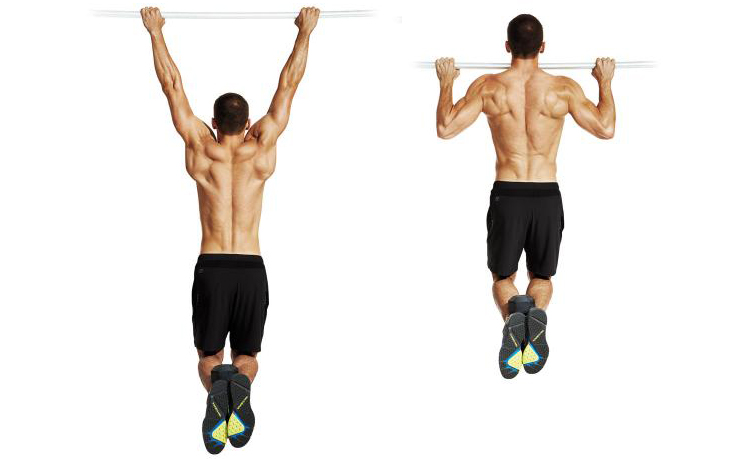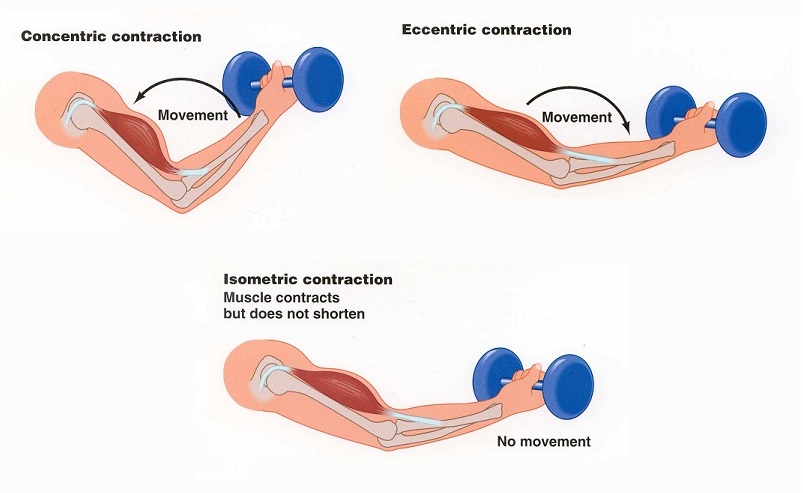Beginners are often struggling with movement patterning, correct posture and technique and simply trying to get their reps in. Many of the experienced lifters give advice and are also the same ones who are injured all the time.
In some cases, caution is well warranted when considering an advanced technique. Here are three techniques that you should try. They can help you improve you as a lifter, no matter what experience level you are!
1. Paused Reps:
Paused reps on big lifts are important for power lifters seeking to combat their weak points. Taking the time to kill momentum, find the bottom of range of motion or exaggerate a loaded contraction.
These are all fantastic tools in the pursuit of strength and hypertrophy at all levels.
Here’s the benefit for beginners! By forcing you to pick a load you can control through the rep, pauses raise the safety up. It makes each lift true, absolute strength.
Which exercises benefit from pauses? Most of them can, but the top three are:
The deadlift is another great place to pause. The conventional deadlift contains paused reps by default, given you’re coming to a dead stop on the floor and not using a tap and go method.
To get more strength gains out of every rep, and zero on particular points of weakness or sticking points, pause at the mid shin or knee level for a full second count. The added time under tension will boost your muscle growth and also build muscle memory for good form.
Start by using 80 percent of the weight you perform conventional reps with and push for the same rep range.

2. Forced Eccentrics Or Eccentric Reps:
Whilst they often get used differently, they are building strength in the same style. Exaggerating the eccentric component or lowering phase of a lift provides a twofold benefit. It exposes muscles to more time under tension, meaning greater work capacity and volume for each rep and set. It taps into the strongest muscle fibres that you possess.
The fast twitch muscle fibres are responsible for the most strength and power output the body can deliver. Lifting heavy pushes these fibres into play, but they’re often only exploited in the concentric (lifting) phase of each lift as that’s the side of the rep that most lifters focus on.
Focusing all of your attention there is skipping some crucial areas for strength gains. If you can do 225 for 10 reps on the bench press as your personal best. With your spotter close at hand, you squeeze out 10 reps and decide to go for an 11th to set a new PR. It doesn’t happen, and you’re unable to push it off, this is just concentric failure.
If, after it doesn’t happen, your spotter helps you get the bar back to the top and makes you lower it slowly for an additional rep or two, you will be able to do it, despite your fatigued state. If you’re looking to up weight, those might be some of the most important reps of your day as long as you perform them safely.
Being able to own and control heavy weights will deliver more strength and hypertrophy benefits than doing haphazard sets of 3, 5, or 8 reps with no regard for the negative. You could skip the concentric component entirely and focus only on 3-4-second or longer eccentric reps in pull ups. This is a good way to build pull up strength.
You could also perform reps where you still do the concentric portion, but place more of your focus on the eccentric than the concentric on moves like back squats.

3. Pre Exhaust Methods:
Sometimes stronger muscles activate instead of the ones you are trying to work, like your quads instead of your glutes. A targeted attack on those muscles first will help keep them from blocking the muscles you’re actually trying to access.
This mimics a common approach of stretching a certain muscle’s antagonist muscle. For example: Stretching triceps before working biceps so that it doesn’t limit activation through a process called “reciprocal inhibition.” Well, you can do the same for synergistic muscles so they don’t take over a big lift. A few examples of this include:
- Doing hamstring curls before squats, hip thrusts, kettlebell swings or bridges
- Exhausting the triceps in isolation before doing pull overs or stiff arm pull downs.
Most Important: Lift!
Any of these techniques are easy to incorporate into your workout to create variety, or to prepare you for when you’re going to build up to a heavy double or triple, not necessarily a one rep max.
What matters the most is that you’re lifting frequently and you’re doing so consistently. The greats in any training be it bodybuilding, strongman, powerlifting, Olympic lifting or various sports usually have one thing in common: Most of their methods are fairly straightforward and their excellence is built on a foundation of consistency.


